It’s International NASH Day – and it’s also a while since we have last discussed NASH on the blog. In fact, even more has changed from the time when our review on NASH was published in 2019 – all 4 Phase III programs that were ongoing at that time (for obeticholic acid, elafibranor, cenicriviroc, and selonsertib) have produced negative results or been stopped based on results of interim analyses. This had been frustrating news not only to the companies progressing these assets, but also to patients who continue to wait for effective therapies.
We’ll be reviewing the current clinical landscape in a future blog post. Today, given the recent (and quite controversial) decision of the FDA to approve the first specific treatment for Alzheimer’s Disease (AD), aducanumab, we’re briefly highlighting similarities between the diseases of NASH and AD to see whether they are addressed in a similar way in the R&D process:
- Segmentation: for both AD and NASH it becomes ever more obvious that neither is a single, homogenous disease, but rather a common manifestation of a number of pathophysiologies.
- Diagnosis and Outcomes: in both indications, there is a key manifestation that is considered to be predictive of outcomes (fibrosis in NASH, plaques in AD) –and that is also used to establish a definitive diagnosis and provide staging. While this is an invasive procedure in NASH, it’s imaging-based in AD. It’s obviously difficult to obtain brain biopsies, but it’s interesting to think what exactly one would need to image to have an alternative for liver biopsies.
- Approval pathways: in NASH, the current assumption is that an initial approval can be obtained based on fibrosis and other biopsy-based scores. While the general assumption in AD was that effects in cognitive decline are needed, aducanumab has now received an accelerated approval based on plaque imaging, with requirements to establish clinical efficacy (in terms of patient outcomes) in a future study, mirroring the (expected) pathway in NASH.
In both fields, it will be interesting to see how patient segmentation and improved appreciation of the diversity of the underlying pathophysiology impacts future approaches to drug development. The availability of an approved drug in AD will have implications for clinical development of other compounds and may offer a blueprint for how this can be tackled in NASH after the first drug is approved.
In the meantime, please do get in contact to discuss how your NASH project can benefit from R&D strategies based on the right preclinical models, human data, and mechanistic biomarker. We’re keen to hear from you!
To see successful case studies from our past and current clients, click here.
To learn more about how we can work with you, click here.

